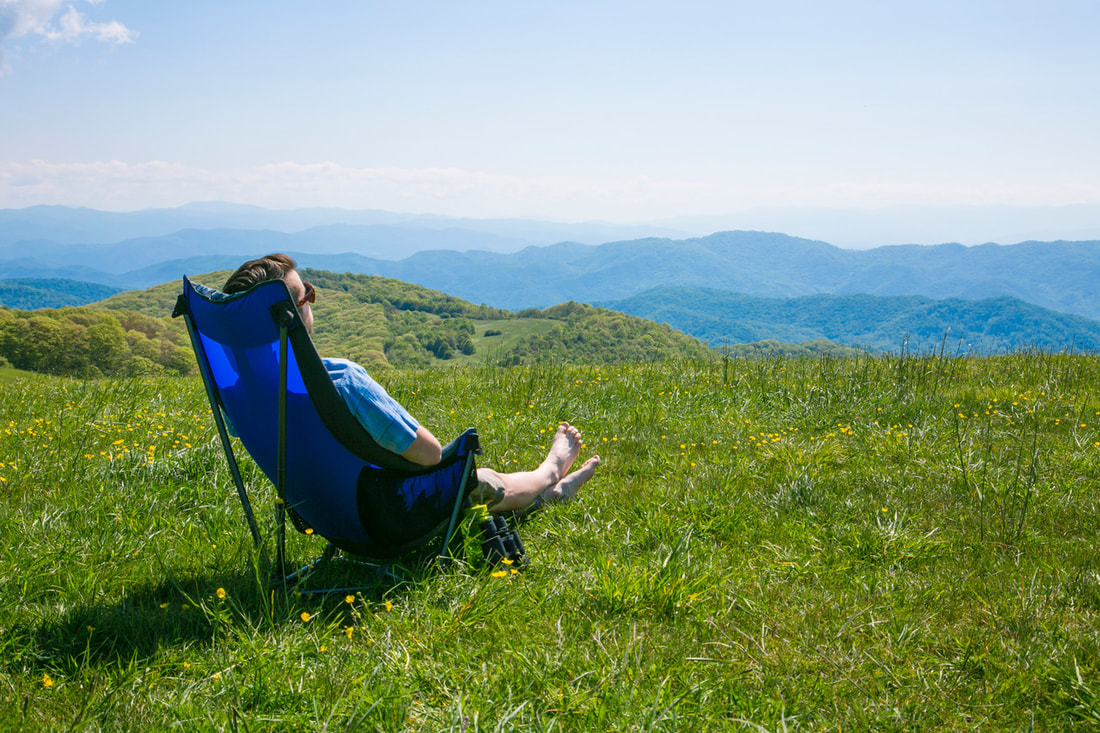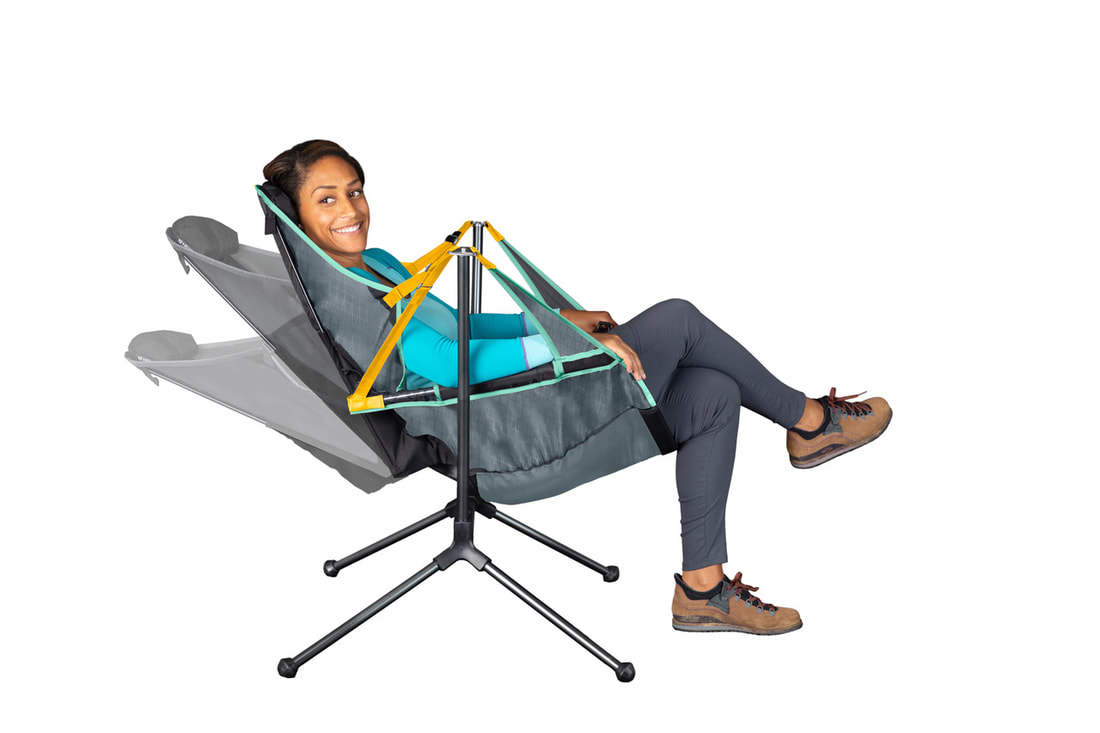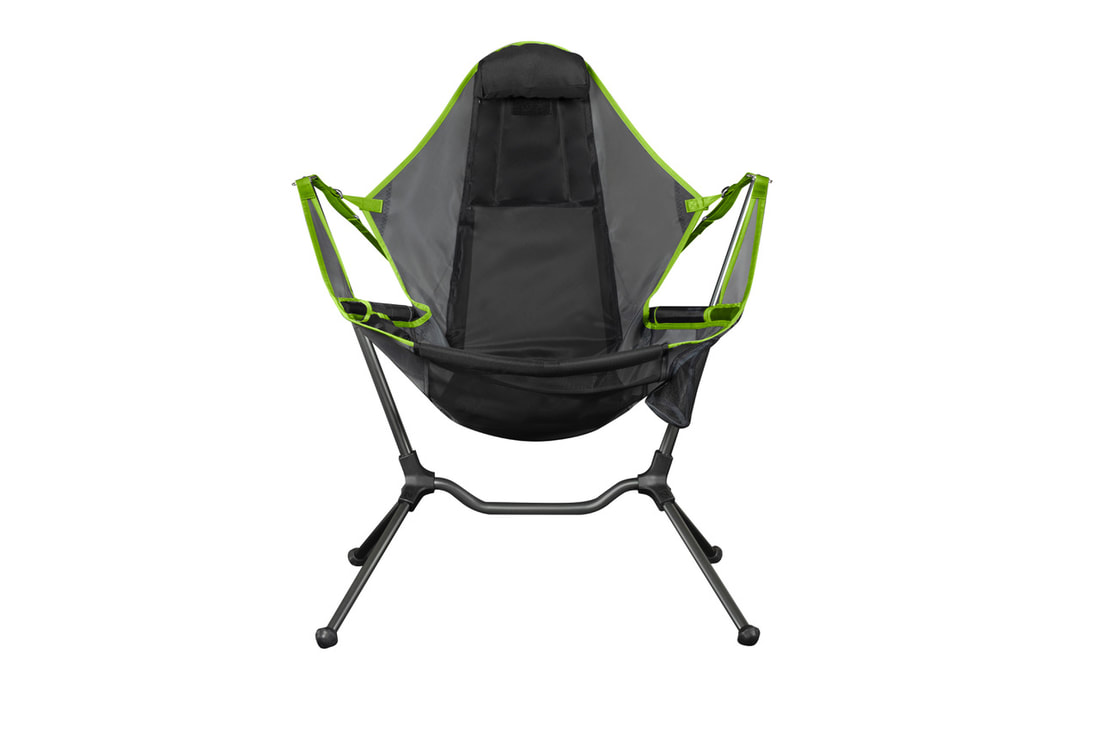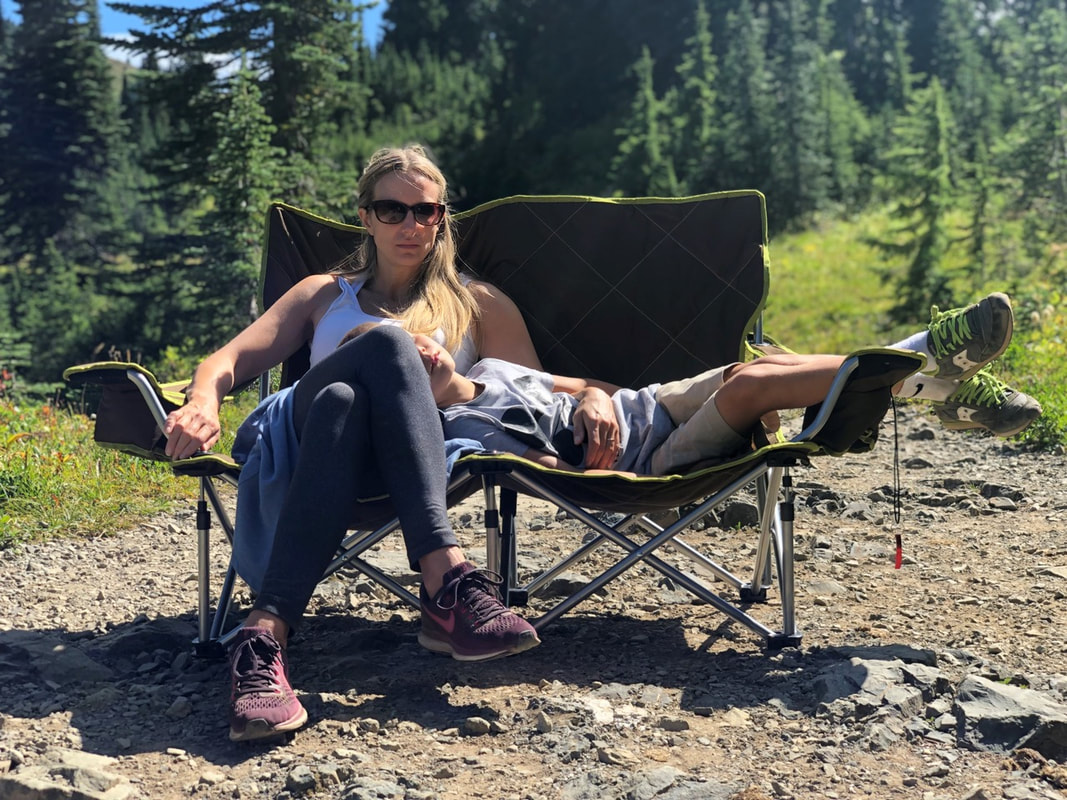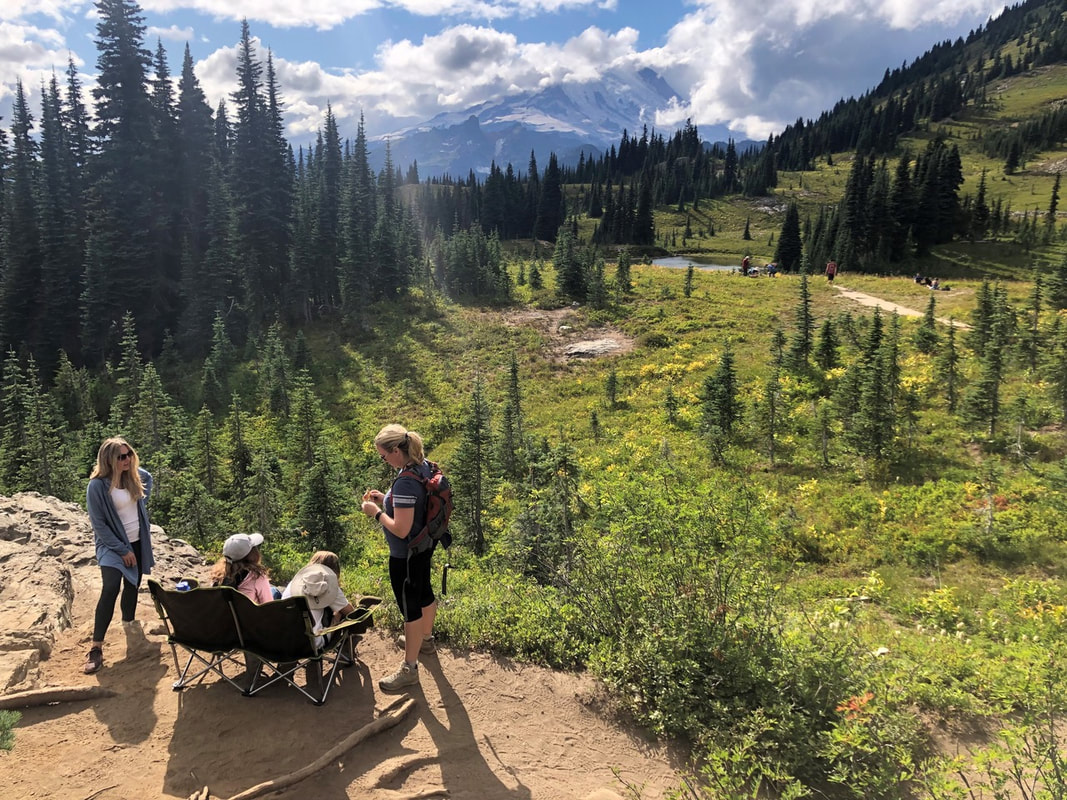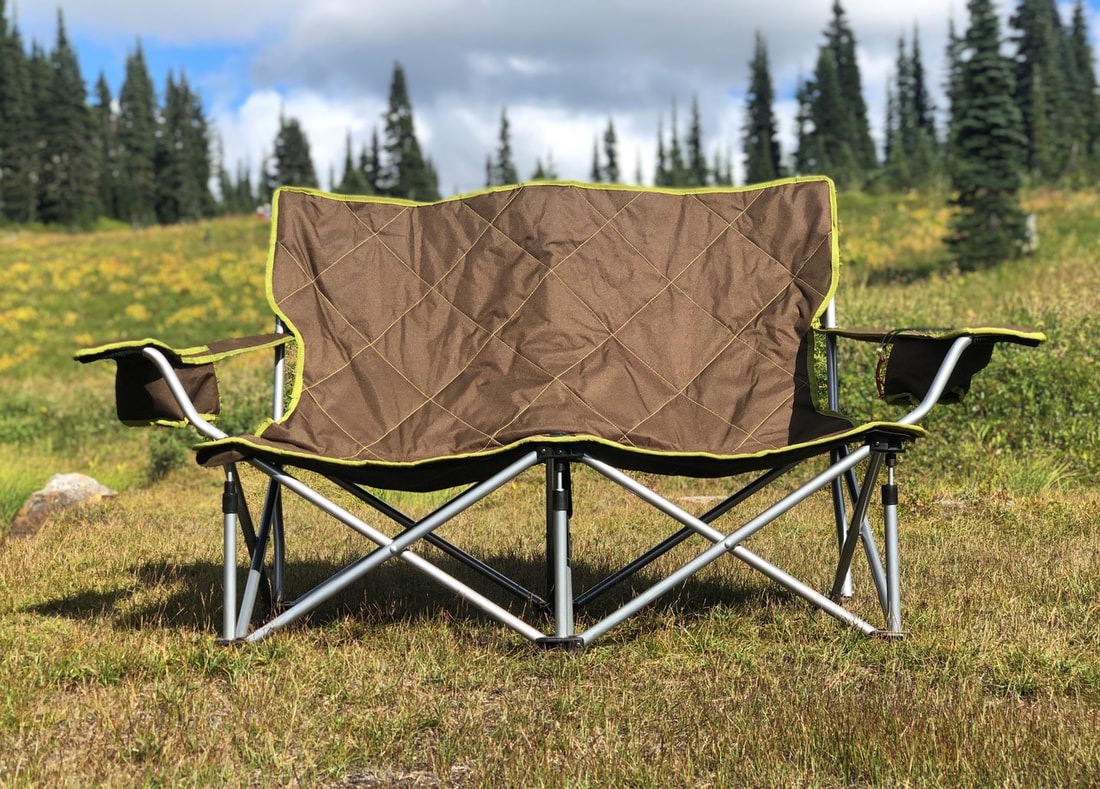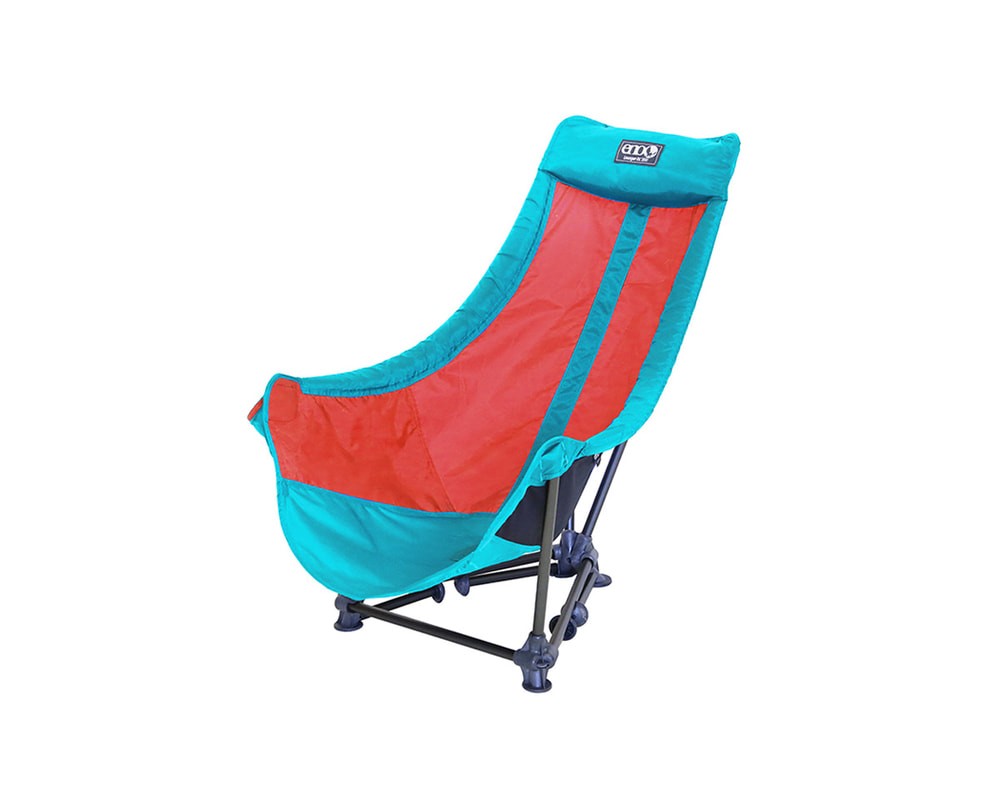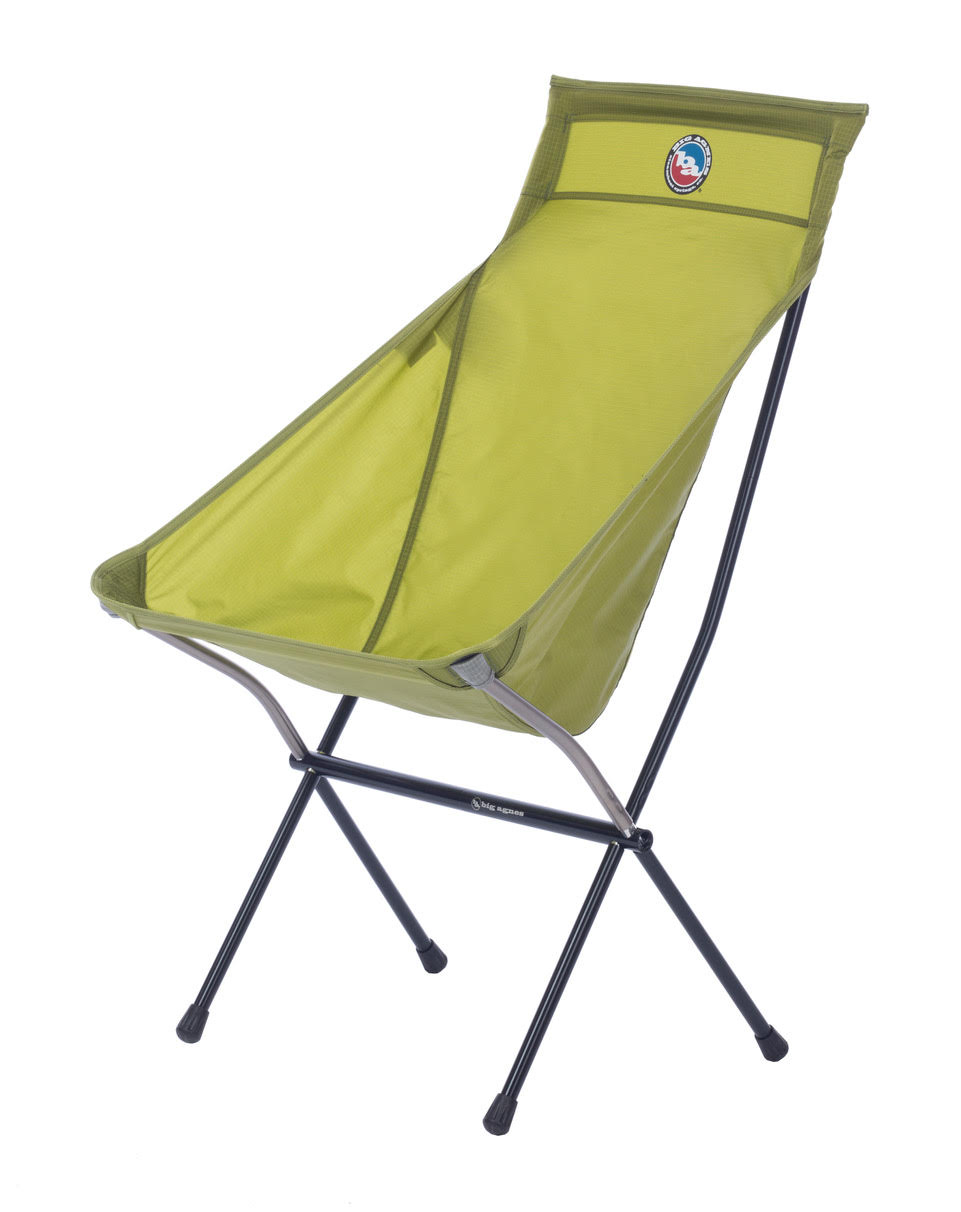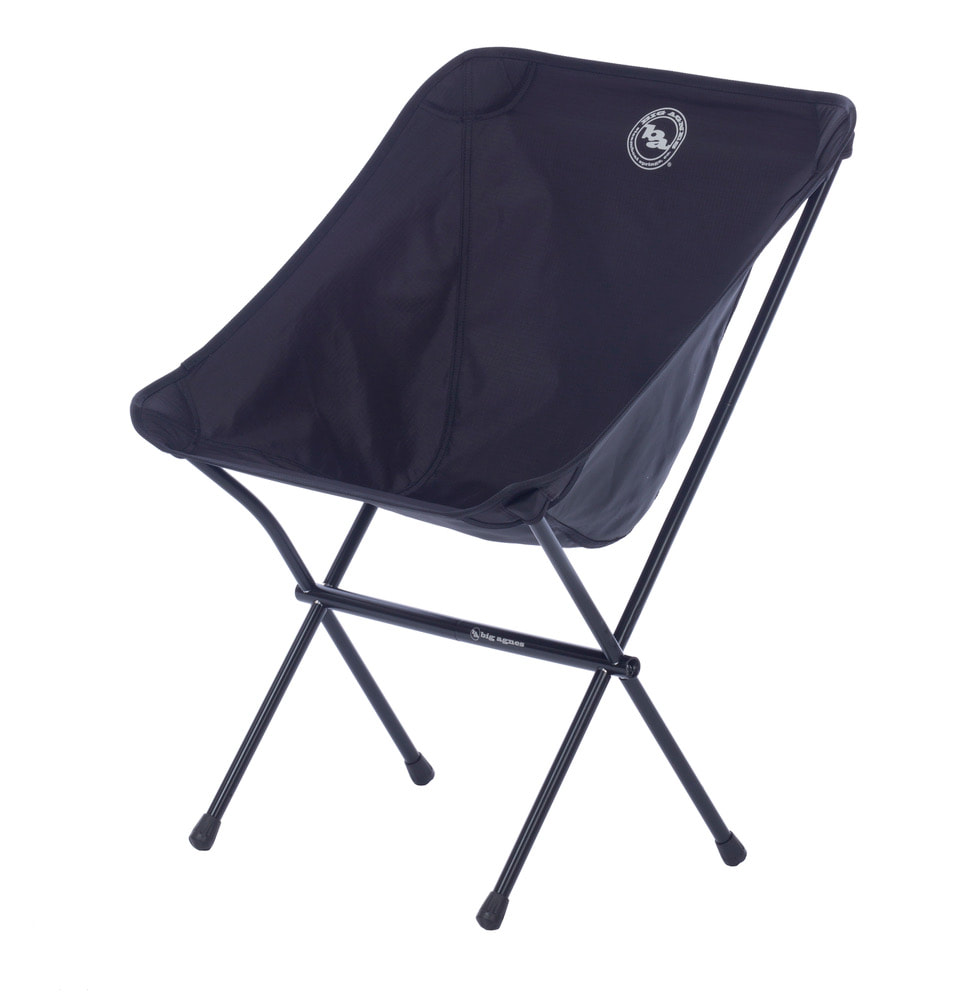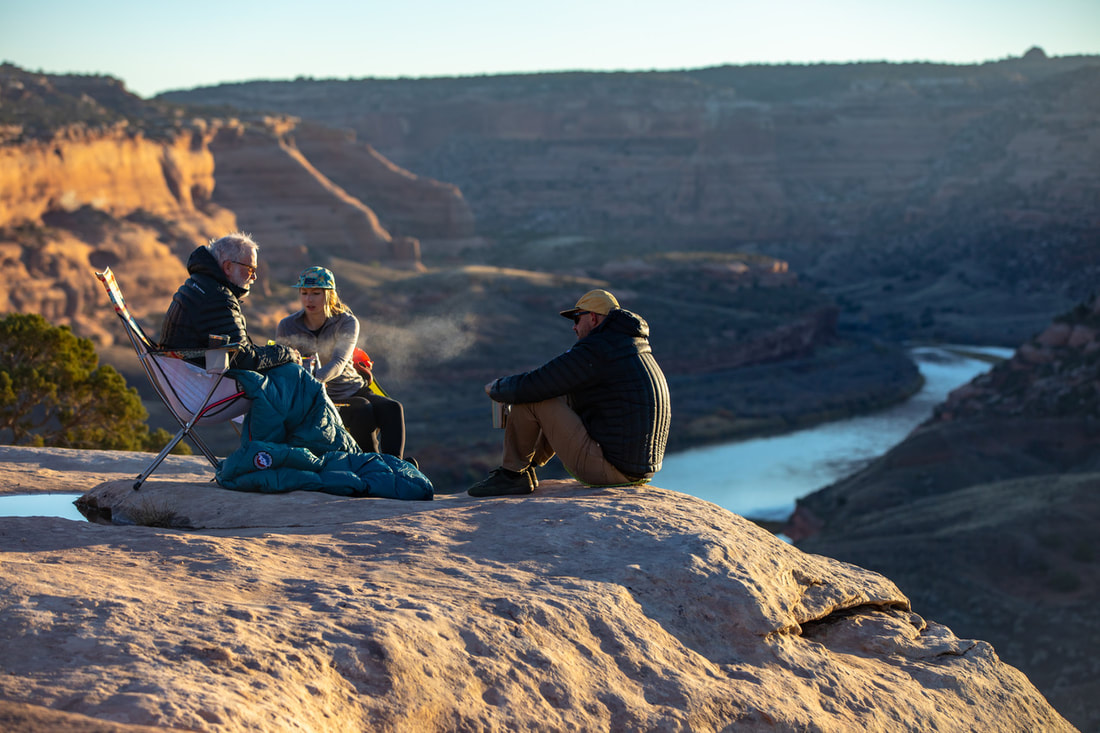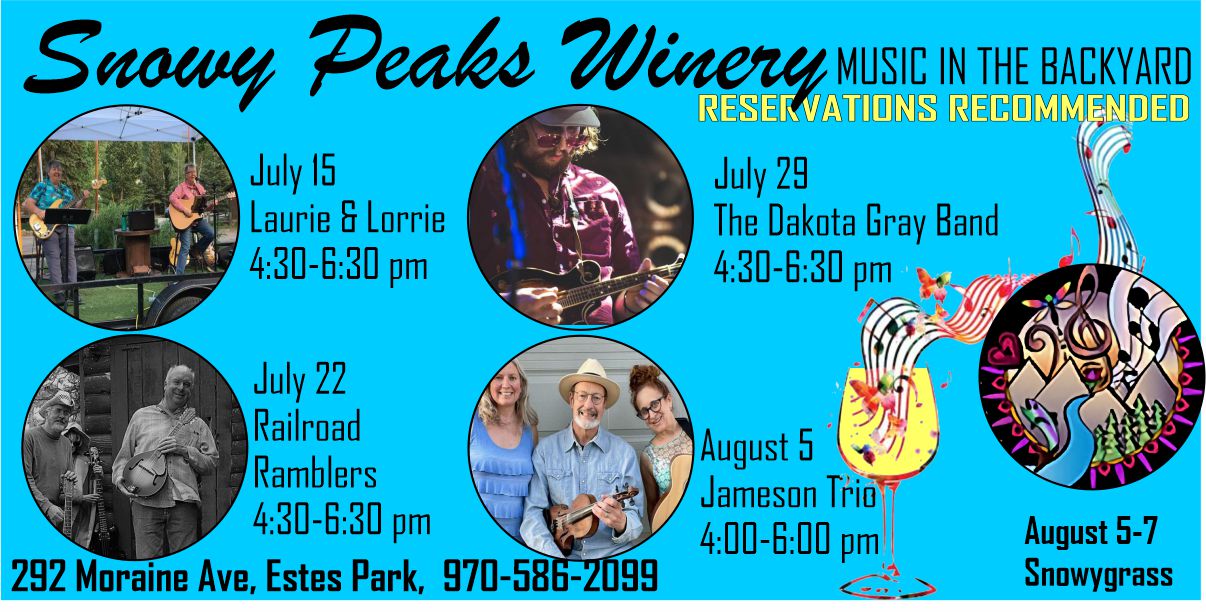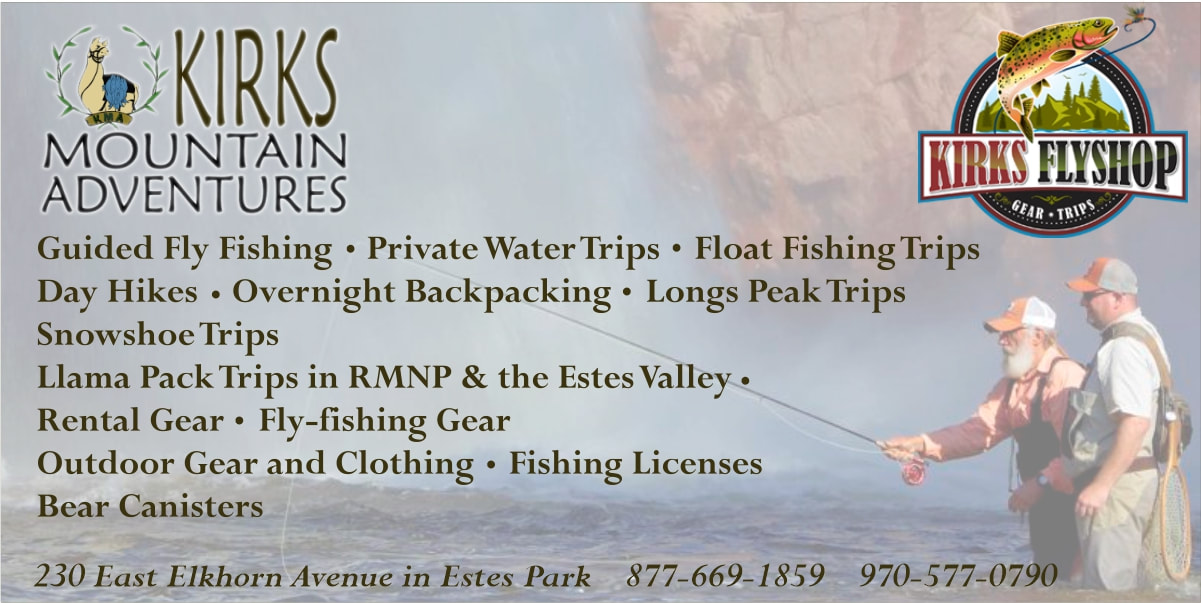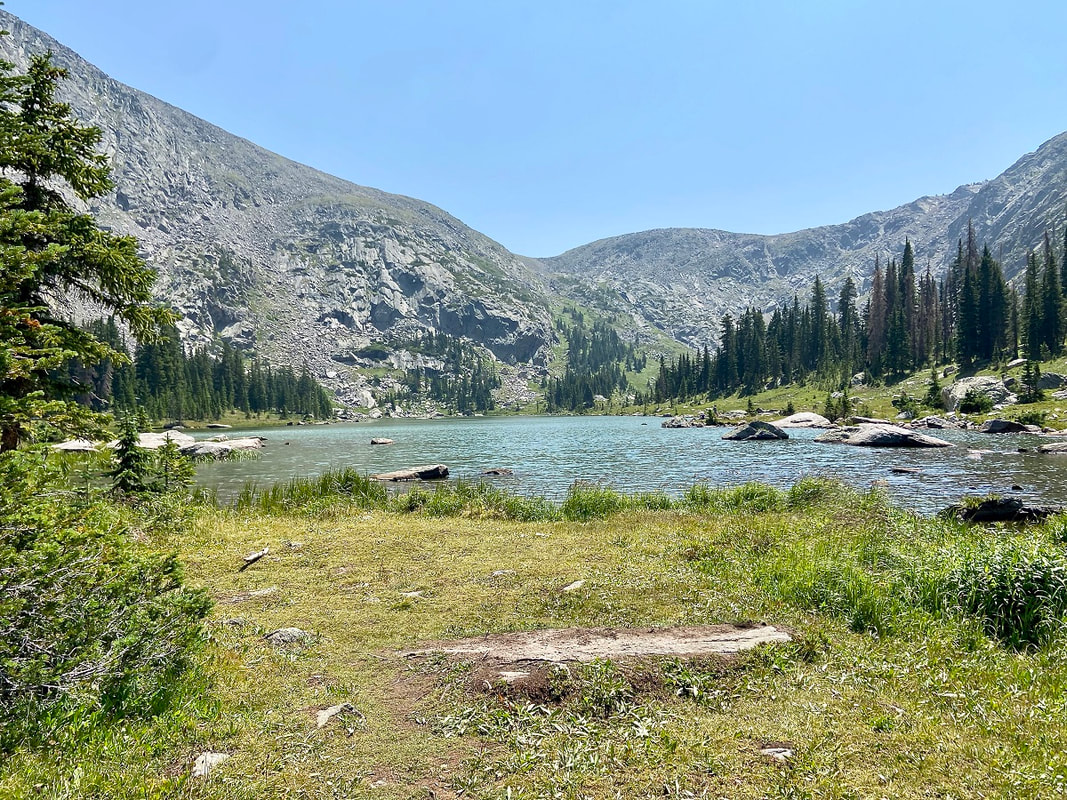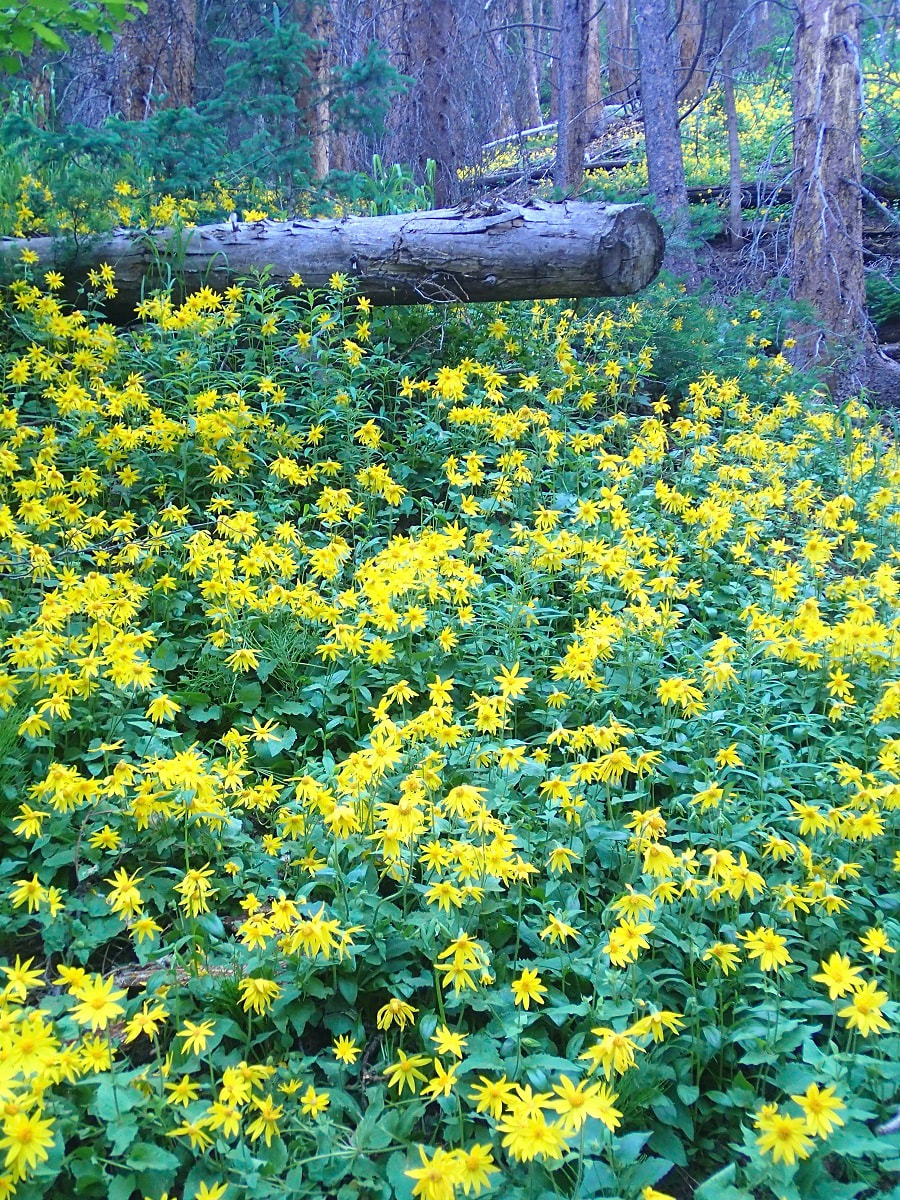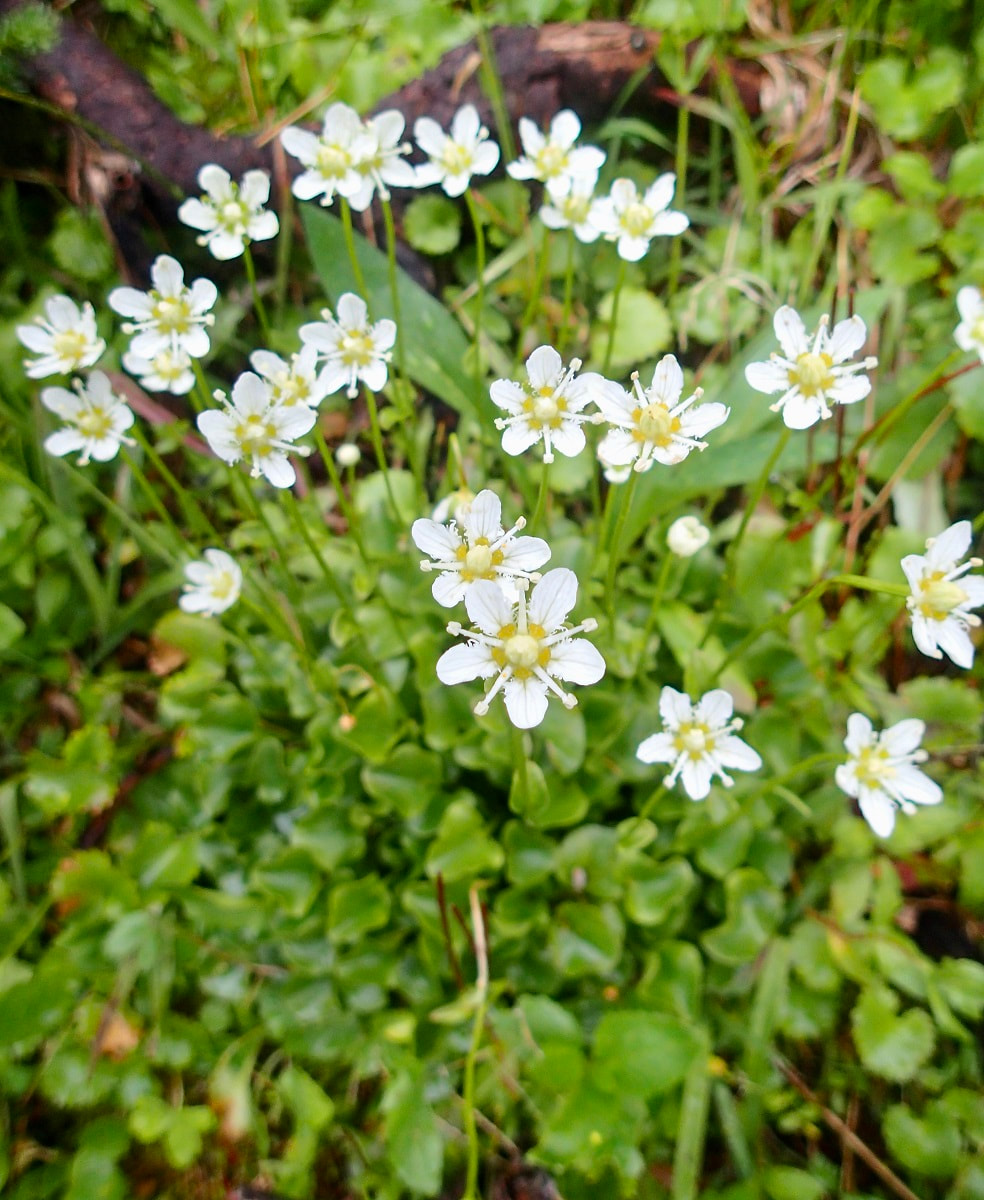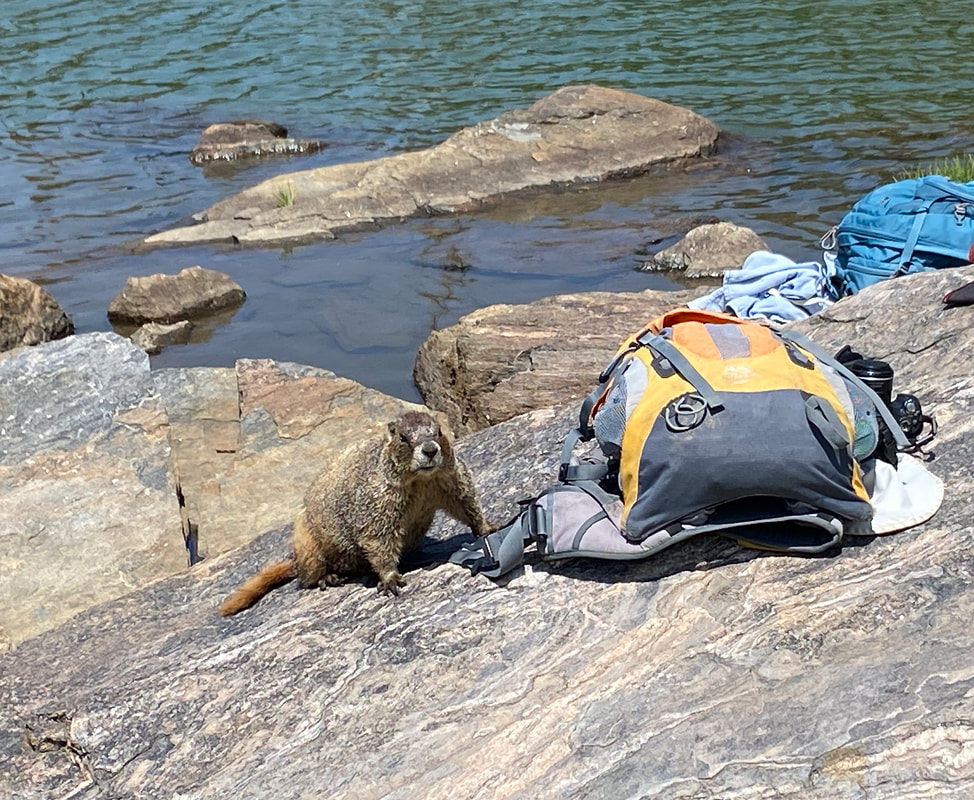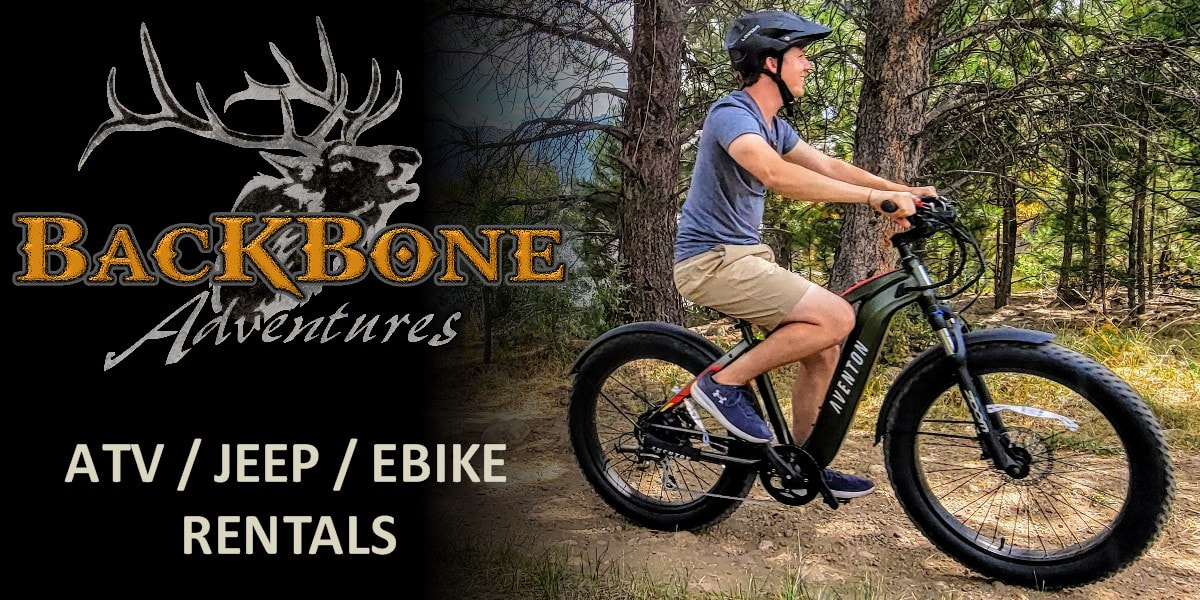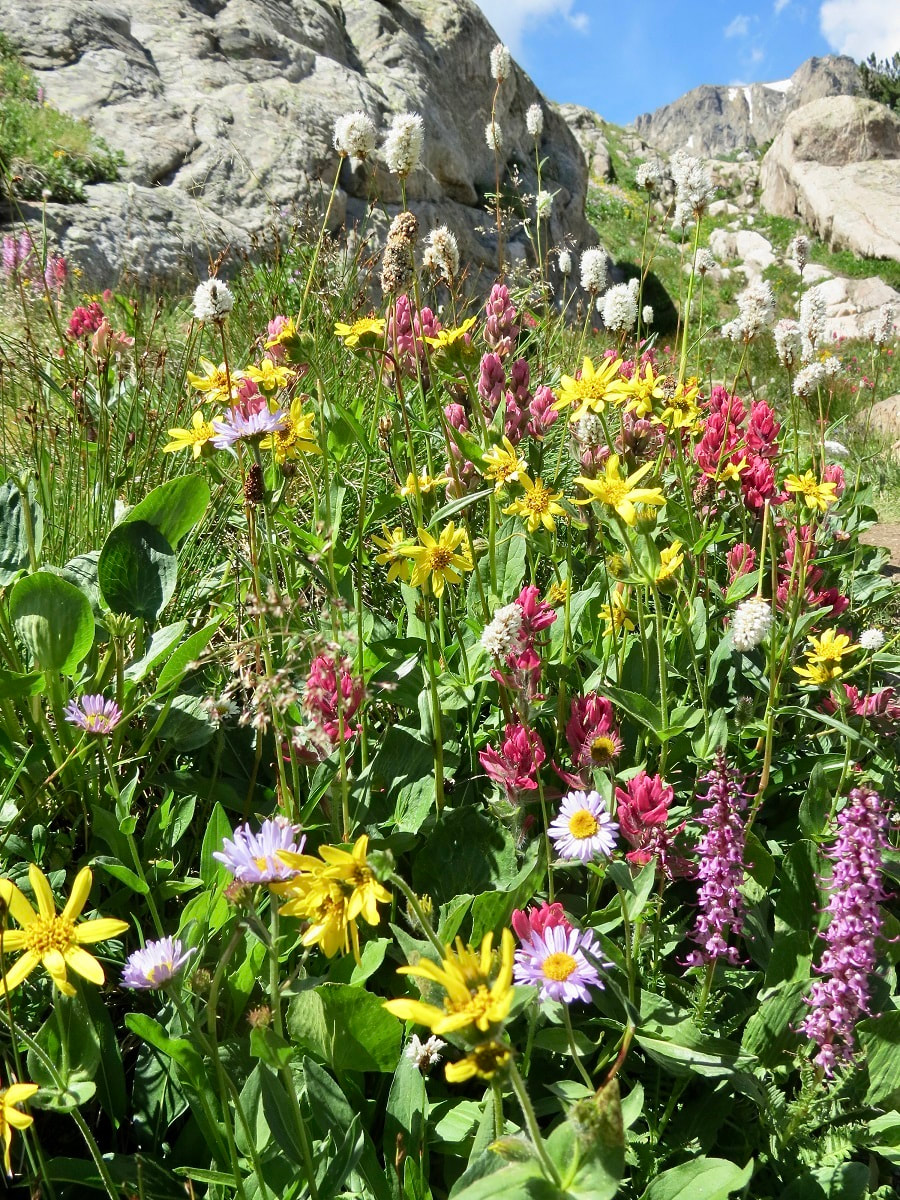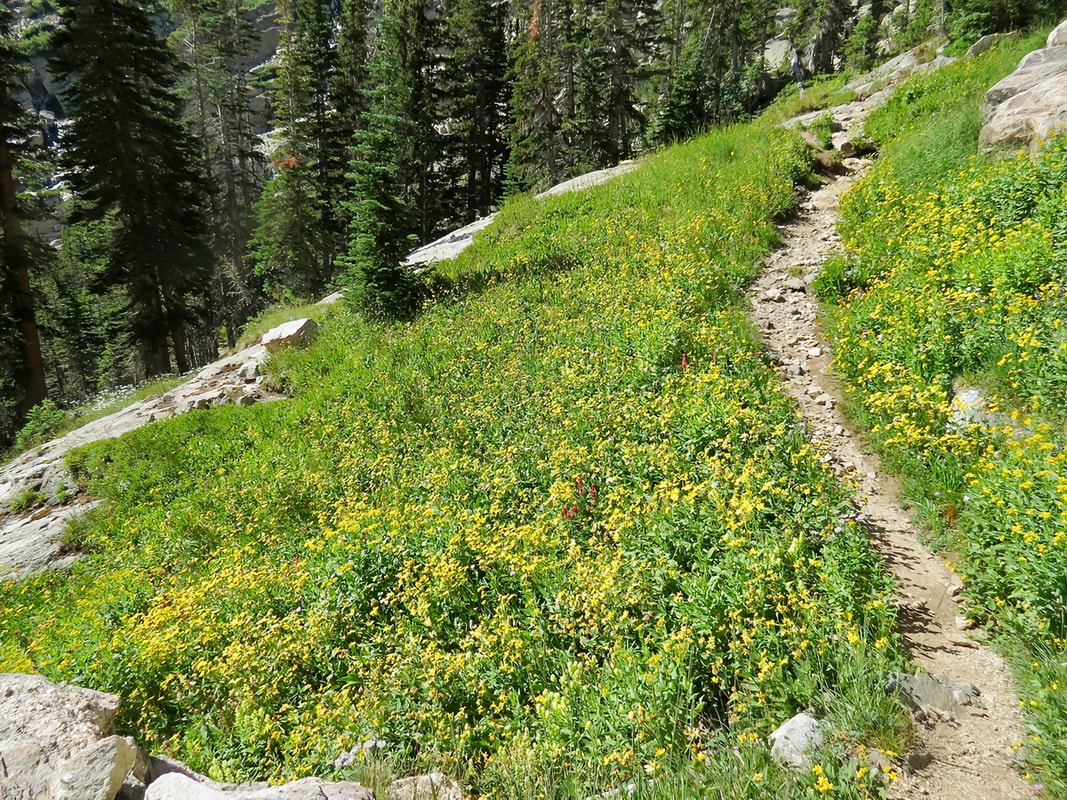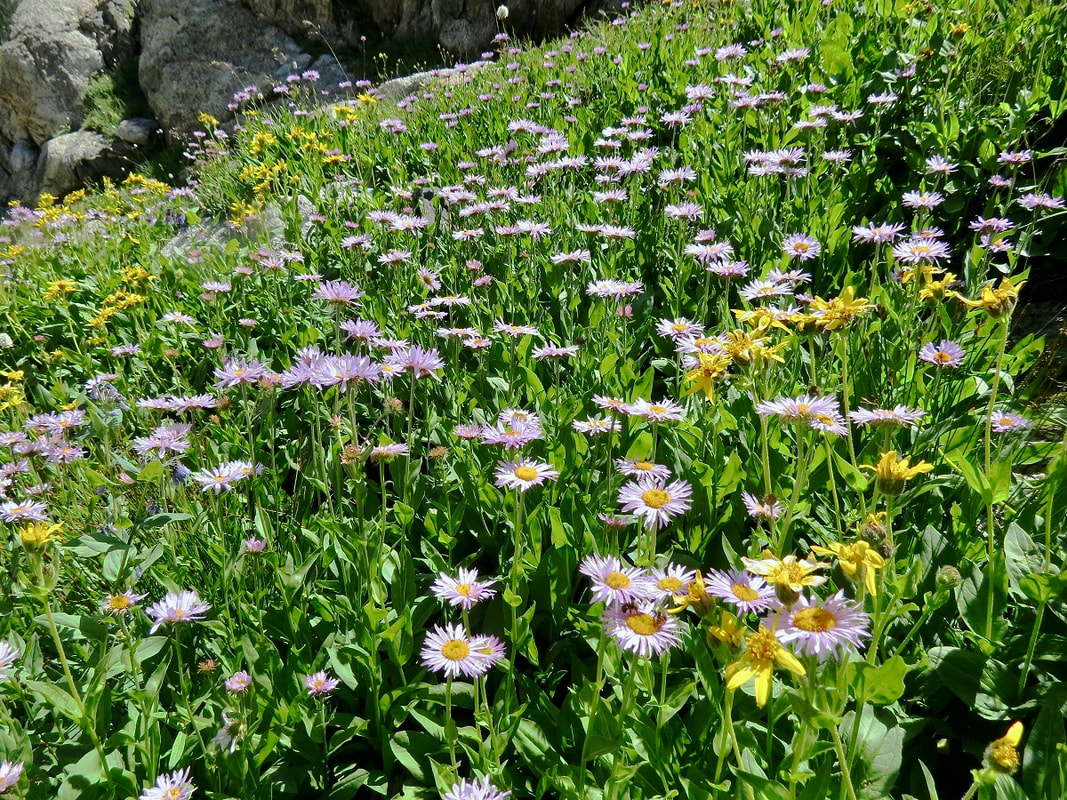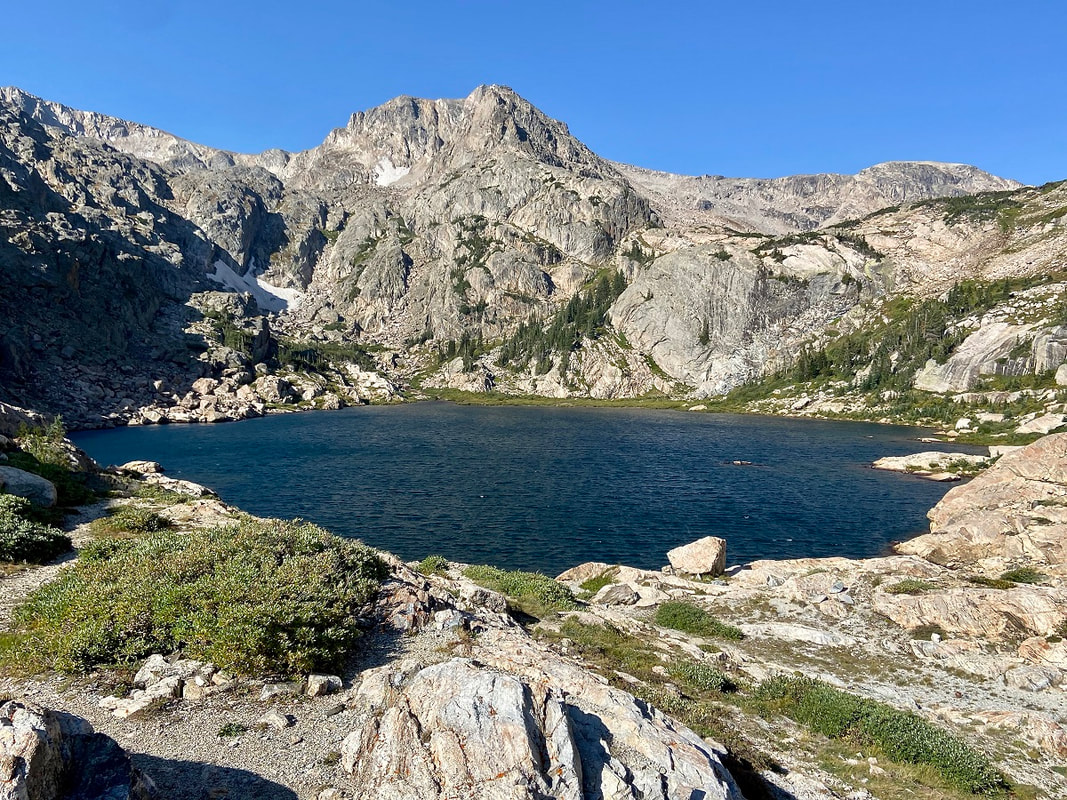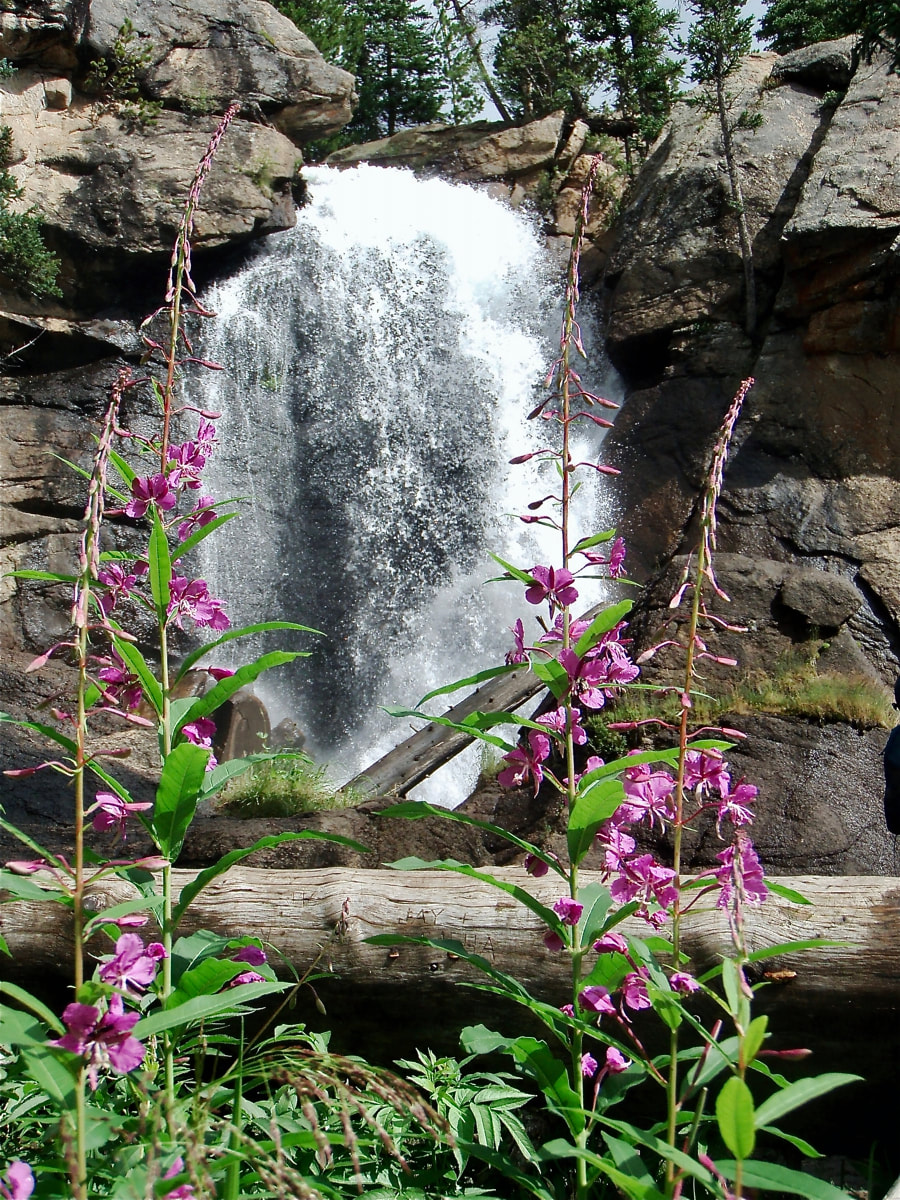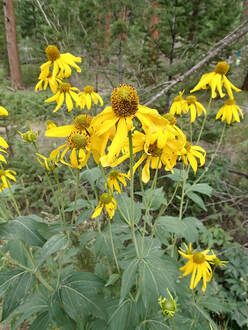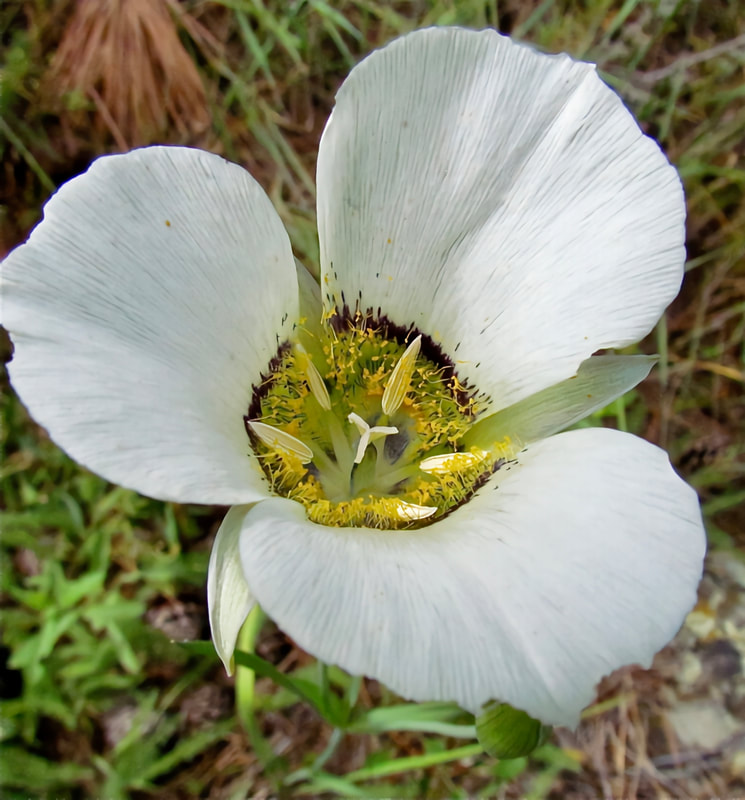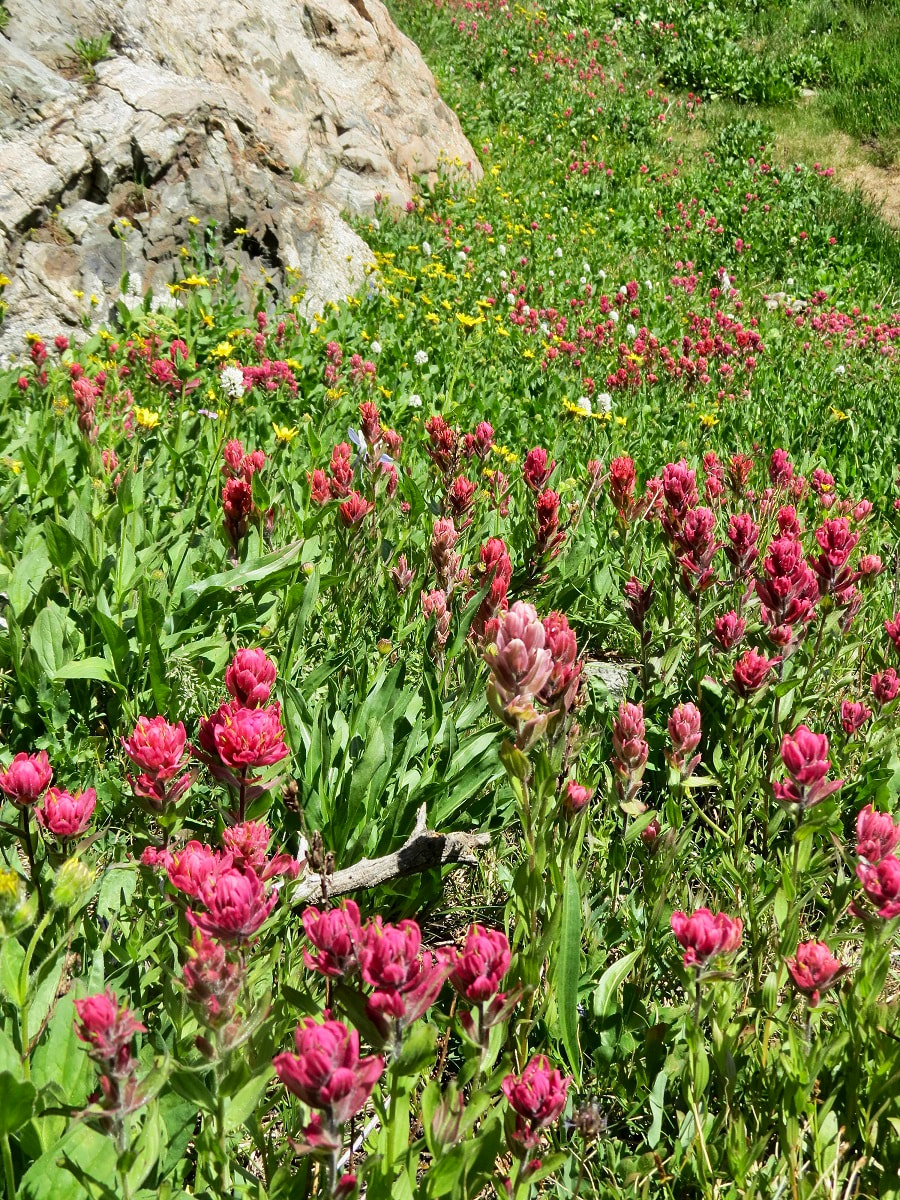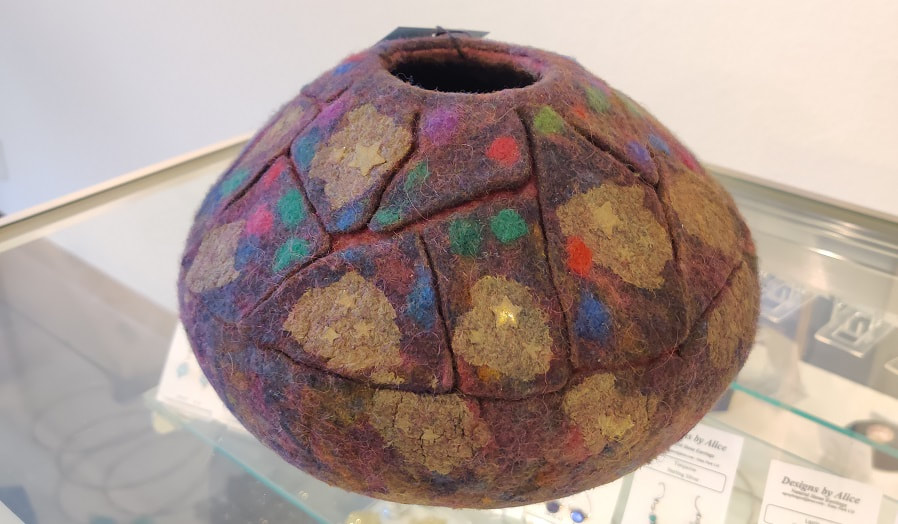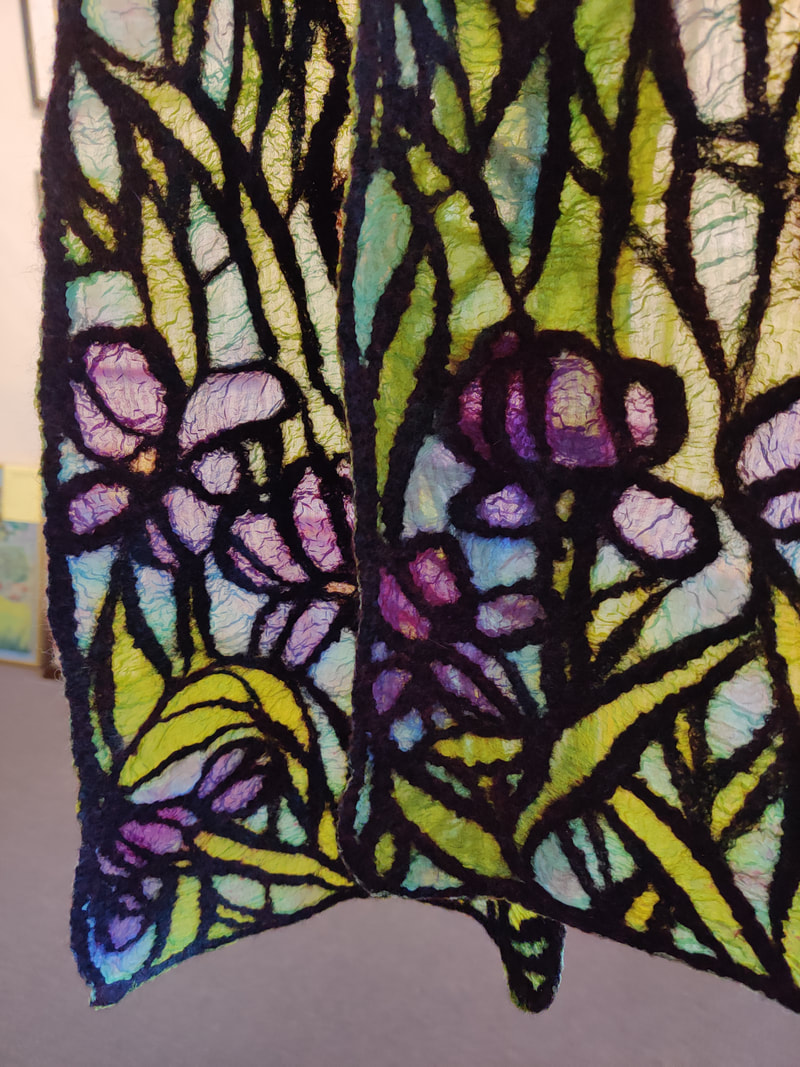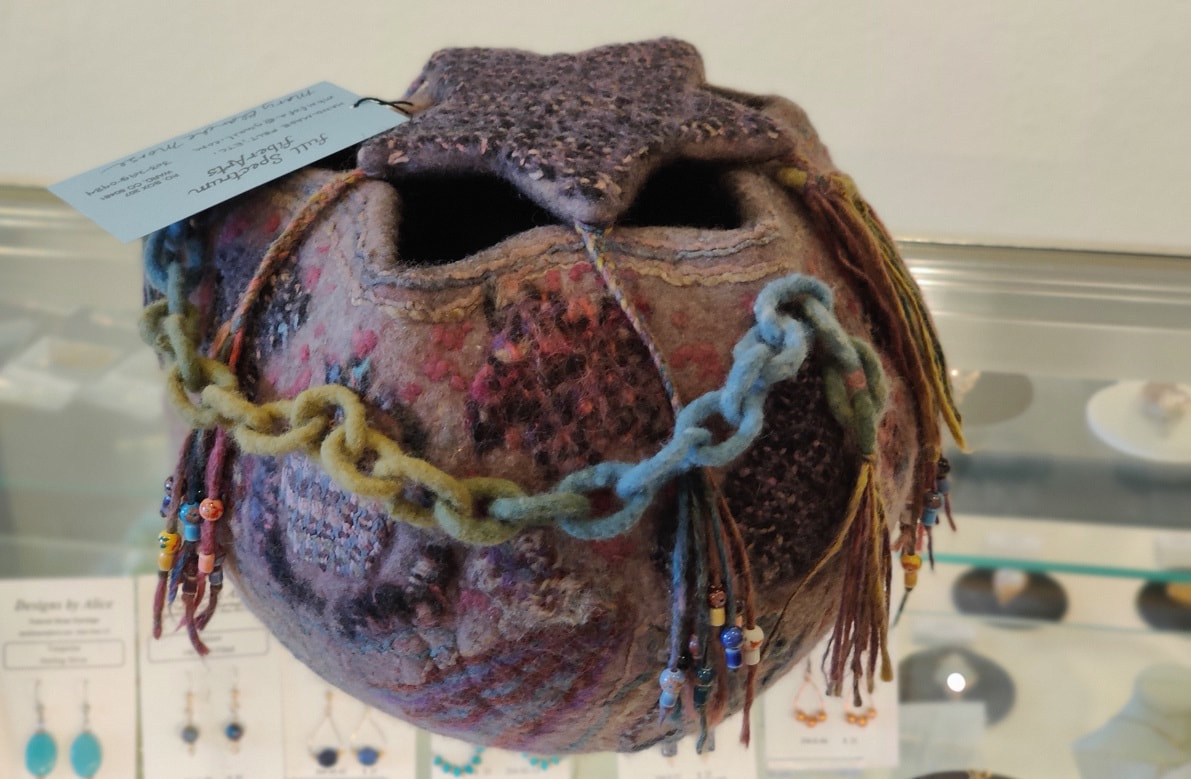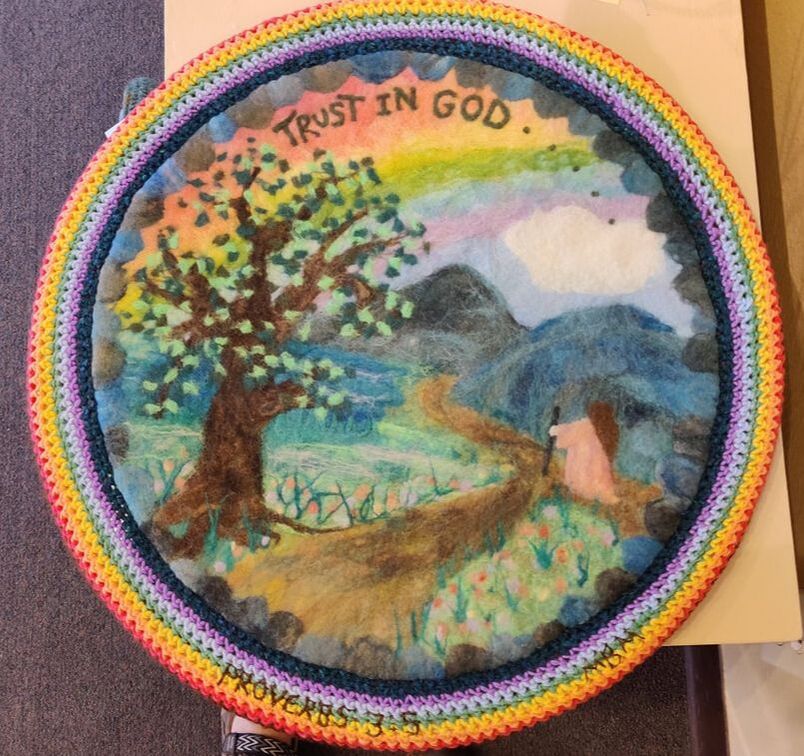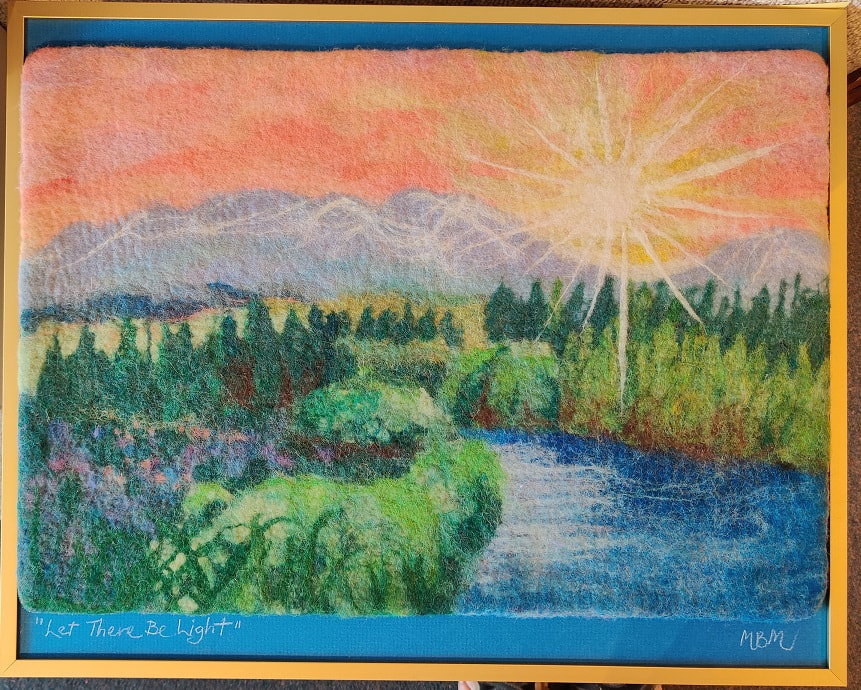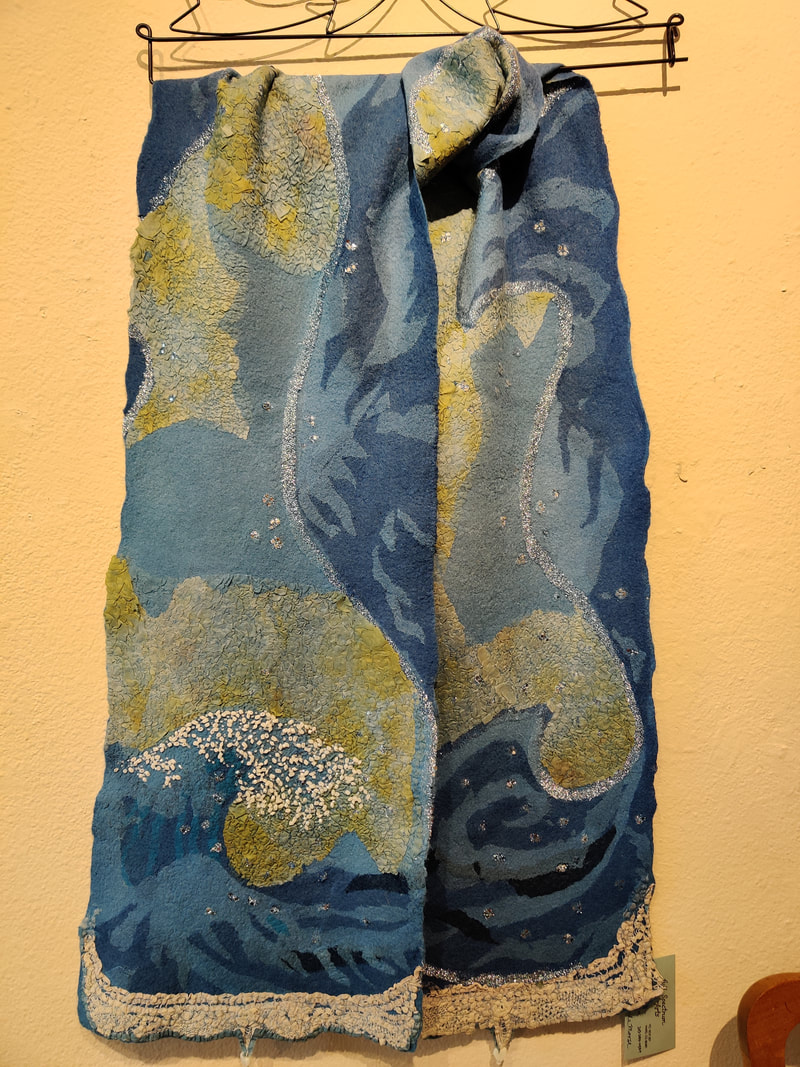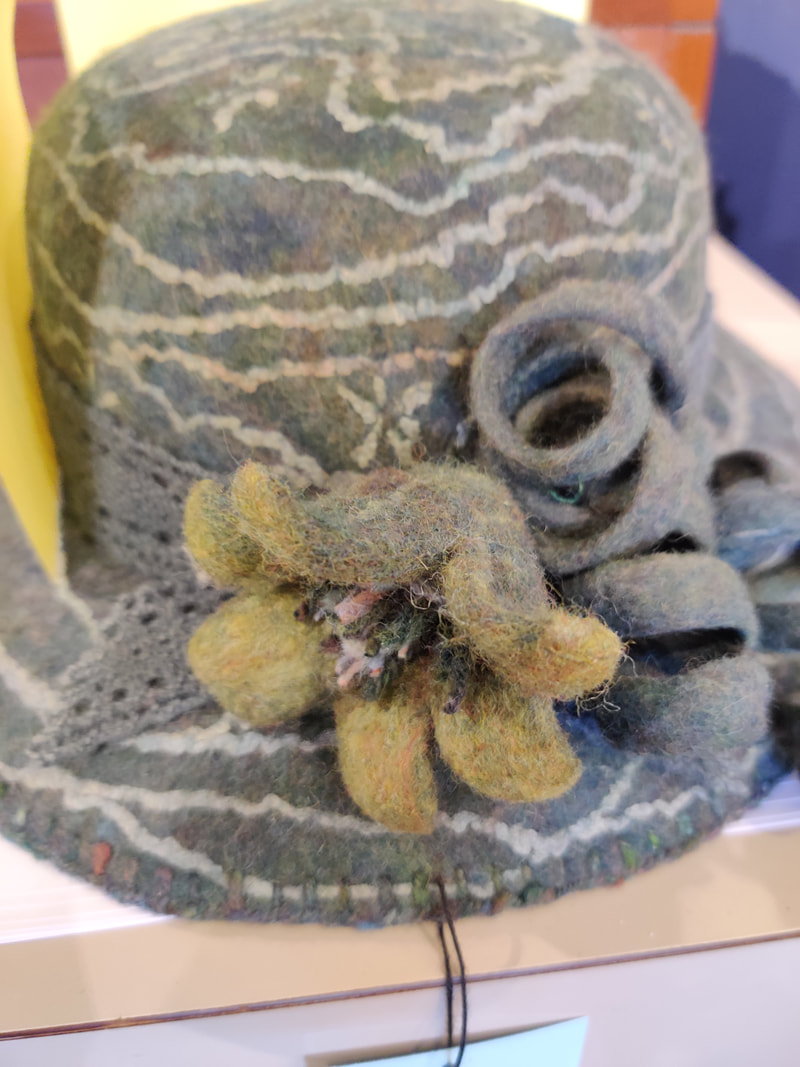|
Video and story by Murray Selleck, HIKE ROCKY magazine's equipment specialist Editor’s note: HIKE ROCKY receives no compensation from brands reviewed by Murray. At any point in human history, whatever tools or conveniences we had at our disposal to make our lives more comfortable were close to perfect, for the time. Thankfully, design evolved to help us along our way. A drafty cave evolved into a cozy cabin. A smoky campfire became an easy-to-control kitchen stove. And perhaps most importantly, cold rocks and lumpy logs evolved into incredibly comfortable and portable camp chairs! Thank goodness for designers and engineers who can see both the limitations of a current design and the potential for something better. Depending on how you think of them, camp chairs are a relatively new phenomenon. However, I do remember being a youngster, sitting in my grandparents’ back yard in the 1960’s. The classic lawn chairs with their cheap webbed fabric and folding aluminum frames might be considered the first portable camp chairs. The only thing excellent that I remember about them are the memories of watching lightning bugs, fireworks, and the stars during those warm Texas summer nights. For many years of my camping and backpacking experience, the well-placed rock, log, or lumpy tundra sufficed as my backcountry chair. The mountain and ocean scenery always made up for my sore backside or legs that went to sleep because of an awkward position. Oof, sometimes standing up was an adventure of dizzying head rushes along with sore muscle stretches enhanced with dramatic, out loud, groans. The sound effects did help… As I recall, the venerable Crazy Creek Chair company took the initial steps to adding sitting comfort to our campsites. They were based in Montana along with several other companies that produced accessories that would convert sleeping pads into camp chairs. Helinox came out with their original Camp One chair not that many years ago. Taking the tent-pole concept of shock-corded aluminum poles and and then adding a sling of fabric to complete the chair, Helinox created a truly easy-to -carry, lightweight, and portable sit-up-off-the-ground camp chair. Once the Helinox chairs hit the market, it took only minutes for the outdoor industry to create an intense battle of manufacturers who added their own take on similarly-designed camp chairs. Today the number of choices of backpacking festival, and camp chairs is pretty overwhelming. Where do you begin and how do you choose? As always, let your intended use and, in this case, comfort, be your guide. Here are five excellent choices to help you sit, relax, and lounge your day or evening away in comfort. Nemo Stargazer Lounger Deluxe The Stargazer is perhaps one of the most unique and misunderstood chairs. It’s a chair, a lounger, and it swings! It is incredibly comfortable if you give your initial sitting test a reasonable chance. Often folks sit in this chair all too briefly and miss out on its features and special capabilities. The key here is its adjustability. Sit back. Put your feet up on a cooler. Stay awhile! The set-up is incredibly simple. Fix the shock-corded aluminum sections together in the appropriate slots of the hubs to form the frame. Attach the two side clips to the two most upright vertical sections, fix into position the back rest supports (optional), and that’s it. Three easy steps and you’re ready to enjoy a relaxing time in the mountains. The unique thing about this chair is that there are no straps for you to adjust to manage your sitting position. Just by leaning forward or back the chair’s straps do all the work for you, automatically. You can sit tall and upright. Or, simply lean back and the self adjusting webbing allows you to recline and lounge. Lean all the way back and you have the most comfortable view to stargaze the night away. When I’ve used this lounger and reclined all the way back, I like to have my feet up on a cooler, or a stump, or some other kind of way to prop my feet up. This little enhancement takes the comfort level way over the top. Talk about total relaxation! And the fact that this chair also swings is particularly unique to the outdoor industry. Sure, there are rocking chair options out there but if you don’t have the perfect surface to set it up on you’re left with a rocking chair that doesn’t rock or it feels like it has the hiccups! With the Nemo Stargazer you can rock smoothly to your heart’s own beat. Now, here is chair with rhythm! A convenient spill-free cup/bottle holder, adjustable headrest/pillow, stash pocket, and padded carrying case round out the feature list for this combo chair/lounger. The specs: $249.95. Dimensions 27x36x44 in. 7lbs 2 oz. Another great chair to check out from Nemo is their Moonlight Reclining Chair. Travel Chair Shorty Camp Couch When it comes to the ultimate simple set-up, the Travel Chair Shorty Camp Couch is it. Take the couch out of its storage bag and spread the frame out. The couch material is already attached. Spread the frame and legs out and it’s completely set up with nothing left to do but relax. This two-seater is very comfortable whether you share it with a friend or you spread out solo-couch potato style. The only complaint I’ve heard about the Shorty Camp Couch is, for some people, it sits too low. (Did they check out the Shorty Camp Couch’s name?). They say it is too hard to get up from. I understand that but any effort is a good effort and if it takes a little effort to get up from the couch I think that can be a good thing. Engage those muscles! I find the height of the couch to be really nice. Not too high that it reduces comfort and not too low that you feel you’re sitting on the ground. At this height, you can extend your legs out with comfort. The Travel Chair Camp Couch offers the perfect compromise of campsite sitting elevation. Sharing this couch with a friend or sitting close to your partner as daylight fades is really nice. Single-seating chairs are nice and all but a couch? Snuggling in close to your spouse rather than being separated with two chairs is a wonderful thing… especially as the temperature drops and the stars begin to shine! Adjustable arm rests, insulated cup holders, and an easy-to-carry storage bag round out the features. The Specs: $150.00. 44” wide. 31.5” tall. 13.5” off the ground. 16.5 pounds. 600lbs. capacity or 300lbs per seat. Another great Travel Chair to check out is the ABC Buffalo Plaid Chair. What’s not to love about red and black buffalo plaid? (super cool) Eno Lounger DL - There is a love/hate relationship between campers and their choice of camp chairs. What you may find really comfortable and the perfect height from the ground your best friend may be thinking, “Are you kidding me?” And so I say this: splitting the comfort test by the slimmest of margins I find the Eno (Eagles Nest Outfitters) Lounger to be one of the most comfortable and relaxing chairs to end the day with. It feels like you are sitting in a cocoon of comfort. It practically feels like you’re snugged into an upright hammock. This makes sense since ENO specializes in hammocks. The Lounger is just an incredible extension of their hammock designs. The tall back of the Lounger DL allows for safe napping (or just resting my eyes, as I like to say), by eliminating the dangers of the head bobbing, neck cracking, and whiplashing when falling asleep sitting up. Why ruin a perfectly good nap with a painful bobble-head impersonation? Set-up is a simple task. Fix the shock-corded aluminum poles into their appropriate hubs, attach the chair fabric, and voila! You’re done. I like to attach the chair fabric to the lower pole sections at the bottom of the chair first. Attach the top of the chair to the back poles second. You can use the leverage of the two longer poles that form the back to push them together to attach the chair’s fabric with ease. The lounger has adjustable legs to lower or increase your seating height from 3” to 10” off the ground. You can sit a little closer to the ground (important at festivals where chair height restrictions might be a consideration) or extend the additional pole sections to elevate yourself a bit higher up. If the chair height is the only camp decision you have to make at the end of the day count yourself lucky and lazy! A cup holder, two storage pockets, and an integrated, very comfortable pillow round out the feature list. The Specs: $139.95. 74 ounces. 250 lbs capacity. Dimensions 32x23x37. Another great chair to check out from Eno is the lightweight Lounger SL. Big Agnes Big Six Big Agnes was the former USA distributor of Helinox chairs. Their business relationship ended, so logically Big Agnes came out with their own design of camp chairs. While the concept is similar there is a durability and design difference that makes the Big Agnes Big Six worth a look … er, I mean, a sit-down. Big Agnes doesn’t use hubs to form the frame that supports the chair once it’s set up. Instead the shock-corded aluminum pole sections have a groove in them that only let the poles nest together in a specific way. The poles all slot through each other without the use of hubs. The groove or key design not only locks the poles together effectively but the groove also creates more surface area so the poles and the holes they slot through won’t “volcano” out. The shape of the poles won’t deform over time, the attachments make the connections stronger. And since there are no hubs, which can prove bulky, the chair packs into its stuff sack easier, and is lighter. The Big Six offers a more upright sitting position and the seating height is higher than the other chairs mentioned earlier. So if you prefer not to slouch and like a more upright position, this chair will be a nice choice. The seat is nice and wide (24”) ‘cause we know not all seats are the same. The tall upright back still offers the safe napping feature that I find to be critical when choosing a camp chair! One more integrated clever design is the self-equalizing center pole which levels the chair on uneven ground. No more endless searches with your construction level to find the perfect spot to set up your chair. Assemble it, set it, and sit in it! The Specs: $189.95. 3lbs 3 oz. 300 lbs capacity. Another excellent chair to check out from Big Agnes is the Skyline UL chair. If you want to backpack with a chair and save weight and space this one can do it all. Big Agnes Mica Basin The Mica Basin offers the same features as the Big Six but it is a low-back chair. Its back rest is not as tall or as nap friendly. The design offers a more compact chair both in its overall size but in its packed size as well. If your pack, truck, camper, or trailer is tight for packing space the Mica Basin will be a good option. Ready to dayhike, camp, or backpack? Pull up a chair, relax, put your feet up, and stay while! 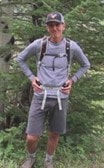 Murray Selleck moved to Colorado in 1978. In the early 80’s he split his time working winters in a ski shop in Steamboat Springs and his summers guiding on the Arkansas River. His career in the specialty outdoor industry has continued for over 30 years. Needless to say, he has witnessed decades of change in outdoor equipment and clothing. Steamboat Springs continues to be home.
4 Comments
Story and photos by Marlene Borneman Editor's note: the hike to Timber Lake is just one of three of the best wildflower hikes in Rocky Mountain National Park included in the June/July issue of HIKE ROCKY magazine. Become a member today to read about the other two! TIMBER LAKE Mileage: 10.9 miles Round Trip Elevation gain: 2,000 feet Rating: Moderate - Strenuous Life Zones: Montane, subalpine Peak Bloom: July – mid- August COMPLETE TRAIL PROFILE This is terrific wildflower hike on the west side of the park through a broad range of habitats. The East Troublesome fire forever changed the landscape in some areas of the park's west side, however this trail was spared. Be aware, moose, elk and deer frequent this trail. The hike begins at the Timber Lake Trailhead approximately 32 miles from the Beaver Meadows entrance and 10 miles from the Grand Lake entrance. There are restrooms at the trailhead. A well-defined trail leads through a small meadow for a short distance. The trail then heads southeast through both dry and moist lodgepole pine and aspen forest where small-leaf pussy toes, Parry's milkvetch, showy locoweed, Richardson's and wild geranium, cinquefoil, and kinnikinnick are scattered. The tiny one-sided wintergreen, green-flowered wintergreen and pink pyrola are found here too under the shady canopies. 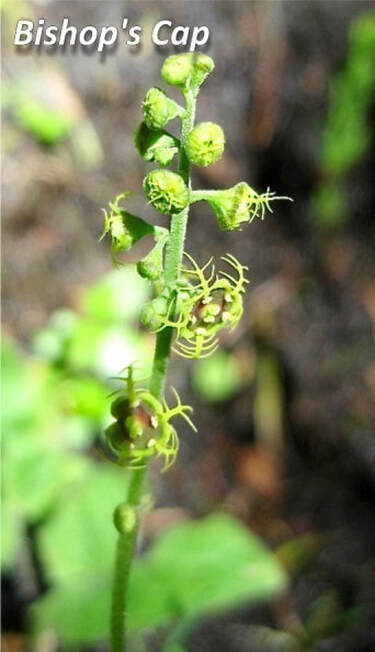 Heartleaf arnicas thickly fill in the hillsides with their bright yellow faces. In the moist forest you may see a flower that has a rather peculiar appearance. That is the bishops cap, also known as five-star miterwort. This flower often goes unnoticed even though it grows in clusters of a dozen plants or more. This is likely because it is very tiny and green in color. I take a hand lens just to gaze upon its amazing art work. Soon a bridge crosses Beaver Creek where the trail becomes steeper and switchbacks up southeast through a conifer forest. Plants that prefer a drier habitat can be found here such as pinedrops, white hawkweed, and Fendler's ragwort. 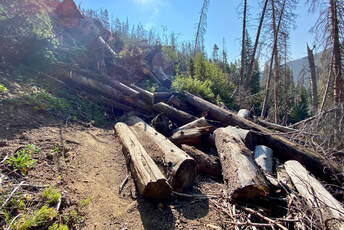 Landslide on the Timber Lake Trail. Landslide on the Timber Lake Trail. Within two miles there is a large landslide area that can be difficult to cross. There are large boulders and large downed trees to climb over and around. The stretch is about 70 feet wide before connecting back to the established trail. 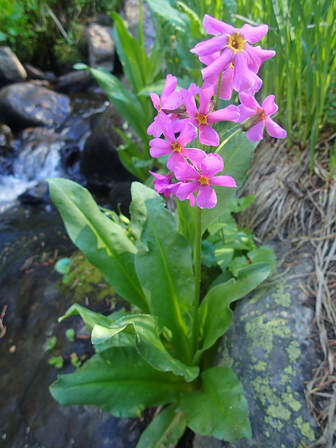 Parry's Primrose Parry's Primrose There are several small tributary streams and many seeps along this trail which provide the perfect spot for Hornemann's willowherb, twinflower, Parry's primrose and American alpine speedwell. Fringed grass of Parnassuss is the big prize to see in these wet shady areas. The hike continues along the lower slopes of Jackstraw mountain where mountain death camas, sickletop lousewort, fern leaf lousewort, red paintbrush, and fireweed prosper. Heading southeast the view soon opens out along a boggy area where white and green bog orchids maybe found along with star gentian, fringed gentian and elephanthead. After a short steep climb the trail comes to a beautiful meadow where subalpine daisies and saffron ragwort gather in masses. Heading southeast the trail steepens following the outlet stream to the lake. Tall chiming bells and heart-leaf bittercress fill in around the flowing waters. The meadows surrounding Timber Lake lakes outlet stream are very marshy. The soggy ground is loaded with marsh marigolds, globeflowers, and alpine laurel, also called mountain bog laurel. Timber Lake makes an idyllic setting for lunch taking in the view of the west side of Mount Ida. Marmots are part of the scenery at the lake so take care not to leave your pack unattended. 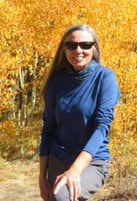 Marlene has been photographing Colorado's wildflowers while on her hiking and climbing adventures since 1979. Marlene has climbed Colorado's 54 14ers and the 126 USGS named peaks in Rocky. She is the author of Rocky Mountain Wildflowers 2nd Ed, The Best Front Range Wildflower Hikes, and Rocky Mountain Alpine Flowers. Click here to purchase Marlene's books Story and photos by Marlene M. Borneman Editor's note: the hike to Bluebird Lake in Wild Basin is just one of three of the best wildflower hikes in Rocky Mountain National Park included in the June/July issue of HIKE ROCKY magazine. Become a member today to read about the other two! Whether you are looking to broaden your skills to identify flowers, find a rare plant, photograph a unique flower, or just to soak in the sheer beauty of an eye- popping field of color, wildflower hikes are a gratifying adventure for both body and mind. Whatever trail you decide to explore, simply delight in this world filled with wildflowers! What makes a good wildflower hike? Trails that weave through life zones provide many opportunities to view and identify a wide range of wildflowers. I feel so fortunate that Rocky Mountain National Park encompasses four life zones: foothills, montane, subalpine, and alpine where over a thousand species of wildflowers call home. I look for trails with a diversity of habitats that will in turn provide a diversity of flower species. Hike in peak bloom. “Peak bloom” refers to the most likely time to view a wide range of flowers with the greatest numbers in bloom. Keep in mind that there will always be early and late blooming flowers before and after peak bloom. There are seasons within seasons so expected appearances sometimes vary by weeks from year to year. Nature strictly controls blooming times with current temperatures and moisture levels. These variables fluctuate year to year making the ever-changing blooming times new and challenging. They determine a generous season or a sparing one. I want wildflowers hikes that offer a “wow” factor, making for a memorable moment whether it is a rare wildflower or an endless multi-colored meadow. An extra bonus are the many pollinators that visit these flowers. Interactions between wildflowers and pollinators are a wonder to observe. As with any hike, be prepared for ever-changing weather in the mountains. Dogs are not allowed on the trails. Plan to pay an entrance fee and have a timed- entry pass depending on your start time. Protecting Colorado's flora is an essential element to the enjoyment. Never pick wildflowers! Do not attempt to transplant wild plants. Be aware it is illegal to collect plants in the national parks and national forests. Please be mindful of the restoration signs in designated areas. Al Schneider, creator of www.swcoloradowildflowers.com, says it best: “Admire them in the wild and let them live.” Don't forget a hand lens and a wildflower guidebook to enhance your enjoyment. BLUEBIRD LAKE Mileage: 12.8 miles Elevation gain: 2,478 feet Rating: Strenuous Life Zones: Montane, subalpine, and alpine Peak Bloom: Late July-August COMPLETE TRAIL PROFILE This is spectacular hike in Wild Basin takes you from a moist montane forest to alpine terrain. Waterfalls, fast flowing streams, and a small pond are features along the way with the finale of a stunning alpine lake surrounded by high peaks on the Continental Divide—graced by magnificent wildflowers. Begin at the Wild Basin trailhead following the Thunder Lake trail. Along the first section, mariposa lily, wild geranium, sulphur flower, mountain harebell, wild rose shrub, Solomon's seal, Nuttall's larkspur, pinedrop, penstemon, and many more species line the fringes of the trail. 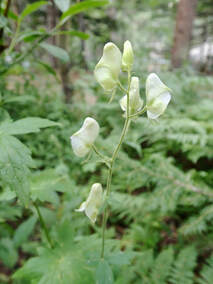 White Monkshood White Monkshood Following North St. Vrain Creek, Copeland Falls, Calypso Cascades are passed before Ouzel Falls is reached. Sections close to the creek are home for monkshood and cutleaf coneflower lining both the south and north sides of the trail. You may even spot the uncommon white monkshood. Delicate small plants can be found along here, too: wood nymph, pyrolas, spotted coralroot orchid, violets, one-sided wintergreen and pipsissewa. As Ouzel Falls is reached, cross a substantial bridge. Along the falls see sprinkles of Parry's primrose, columbines, cowparsnip, diamond-leaf saxifrage, and lovage.  Columbian Monkshood Columbian Monkshood At 3.4 miles you will come to the junction with the Bluebird Lake trail. The trail takes a southwest direction and within 1.2 miles arrives at the junction with Ouzel Lake trail. Stay on the Bluebird Lake trail following a stretch along a ridge. The 1979 Ouzel fire is still evident here with old snags and small tree growth but lots of other vegetation has filled in. There are many red elderberry shrubs, wild raspberry, mountain strawberry and twin berry shrubs along this stretch. Soon you will look down on Chickadee Pond. It is worth going down to the pond watching your steps over wet, loose rocks. Chickadee Pond hosts yellow pond lilies and in the shallow water near the shoreline buckbean is noticeable. Just 1.75 miles and right under 1,000 feet of elevation gain to go. In late-July, mid-August get ready for a breathtaking display of wildflowers ahead. The high meadows below Bluebird Lake explode with a mass of brilliant hues of white, yellow, golds, reds, pinks, purples, and blues. Many shades of paintbrushes mixed in with elephanthead, subalpine daisy, American bistort, hairy arnica, nodding ragwort, arrowleaf ragwort, Colorado Blue Columbine steal the scene. The trail climbs steeply here with switchbacks coming to a short narrow canyon. Take your time watching for small cairns that will lead to the top with the overpowering view of the lake! Mount Copeland, Ouzel Peak, and Mahana Peak provide a grand backdrop. Arctic gentian scatter around the lake in mid-august- September. My eye always seems to catch more wildflower sightings on the way down so keep alert.  Marlene has been photographing Colorado's wildflowers while on her hiking and climbing adventures since 1974. Marlene has climbed Colorado's 54 14ers and the 126 USGS named peaks in Rocky. She is the author of Rocky Mountain Wildflowers 2nd Ed, The Best Front Range Wildflower Hikes, and Rocky Mountain Alpine Flowers. In partnership with the Art Center of Estes Park Mary Morse has been working with fiber for most of her life. She learned to knit in the first grade and has been felting her own materials for more than two decades. She is the current featured artist at the Art Center of Estes Park, in conjunction with the FACE OF FIBER in the Rockies annual show. She delights in creating designs inspired by nature and coloring her raw materials with natural dyes, including aspen leaves. One of her specialties is making felt hats. In the video above, Mary demonstrates how to felt a flower adornment on one of the hats featured in her show, “From the Creation: Natural Inspirations.” Mary is hosting Cari Cook as a guest artist in this vibrant exhibition. The show runs through July 19 and thereafter, photographer Scott Dorman of Estes Park will be featured July 22-August 3, 2022. To see the entire schedule, visit the Art Center of Estes Park’s website. "The classroom crafts got her started with natural dyeing and working with wool and silk. She had the idea that she needed to learn feltmaking. She signed up for a hat making class with Anne Sneary, who was the famous feltmaker in Boulder at that time. She made her first felt hat, wore it, and became a hat person. Soon she started making felt full time and her little business “full Spectrum fiber Arts” was born. For the next 10 years, she and her husband Fred traveled all over the country to art and fiber festivals. She marketed her handmade felt hats, tapestries, scarves, and other fun stuff. She taught classes, and got some cool awards. She had a mail order catalog of felt items. She kept experimenting and innovating with many techniques and goals. In 2004, she and her husband acquired the general store in Ward, and 'full Spectrum fiber Arts' was based out of there for 14 years in a gallery in the back. "When they sold the store and “retired,” she started showing her work at The Glass Tipi, the wonderful little gallery across the street from the store in Ward. After she was invited back to the Winners Circle in the FACE of Fiber Show at the Art Center of Estes Park, she joined and began showing there too. Her fiber art is also at The Old Gallery in Allenspark. These three galleries keep her plenty busy in her off grid studio back in the woods at 9000 feet where she and her husband live in small cabin. Years ago, she started a “round alphabet series” of tapestries with one-word titles. She got to the letter M for music. Now she is continuing her series with N- Nature, O – Owlets, and P – Proverbs 5:3-5. Stay tuned! She also creates stained glass felt and art inspired felt scarves. She works with fibers dyed with aspen leaves, flowers, and plants. These natural materials get her going, and the possibilities are endless
|
Categories
All
|
© Copyright 2025 Barefoot Publications, All Rights Reserved

